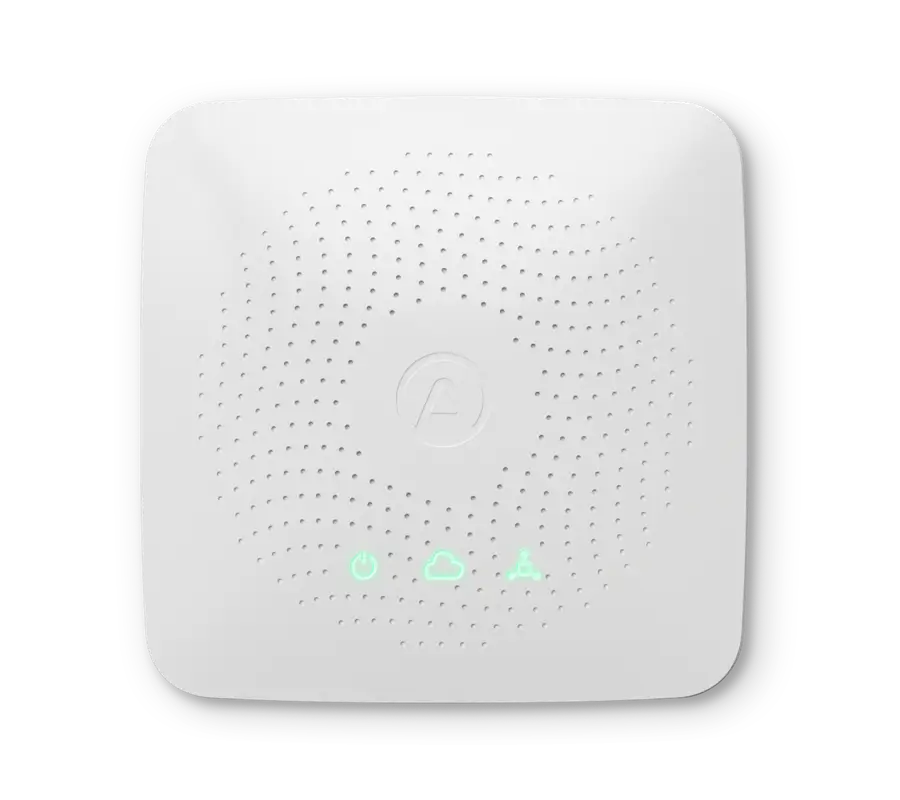Remote working has been a trend for the past several years, but suddenly it has become a necessity. While some of us are used to working from home occasionally, for others, it is a completely new setup. So, how can you set yourself up for success?
Here at Airthings, we’re also navigating these uncharted waters. That’s why we wanted to share some lesser-known tips for staying healthy and productive when working from home. Here we go!

1. Find out what’s in the air you breathe

2. Make homeschooling that little bit easier with Air for Kids→

As a result of the COVID-19 pandemic, thousands of parents, caregivers and loved ones have been forced to oversee their child’s education during lockdowns and school closures.
On top of this, school teachers, lecturers, and educators more generally, have been asked to adapt to a new way of working, teaching and engaging their students, often online. In this situation, every little helps.
Check out Air for Kids, which we designed with one goal in mind; air quality education. You will find tailored content and resources to help kids learn about air. Gift-wrapped in a fun and most importantly manageable and straightforward way, learning about the air outside and inside has never been simpler.
3. Measure what you can’t smell
Radon is an odorless, radioactive gas that comes from the ground and is harmful in high doses over a long period of time. It is the leading cause of lung cancer among non-smokers and both WHO, EPA, and American Cancer Society recommend testing for it2. Radon levels fluctuate over time, which is why monitoring continuously is the best way to ensure safe levels in your home. Taking simple actions like experimenting with ventilation or sealing cracks can lower your radon levels. If levels are consistently in the high range for over a month, it is advisable to contact a professional to look deeper into the issue.
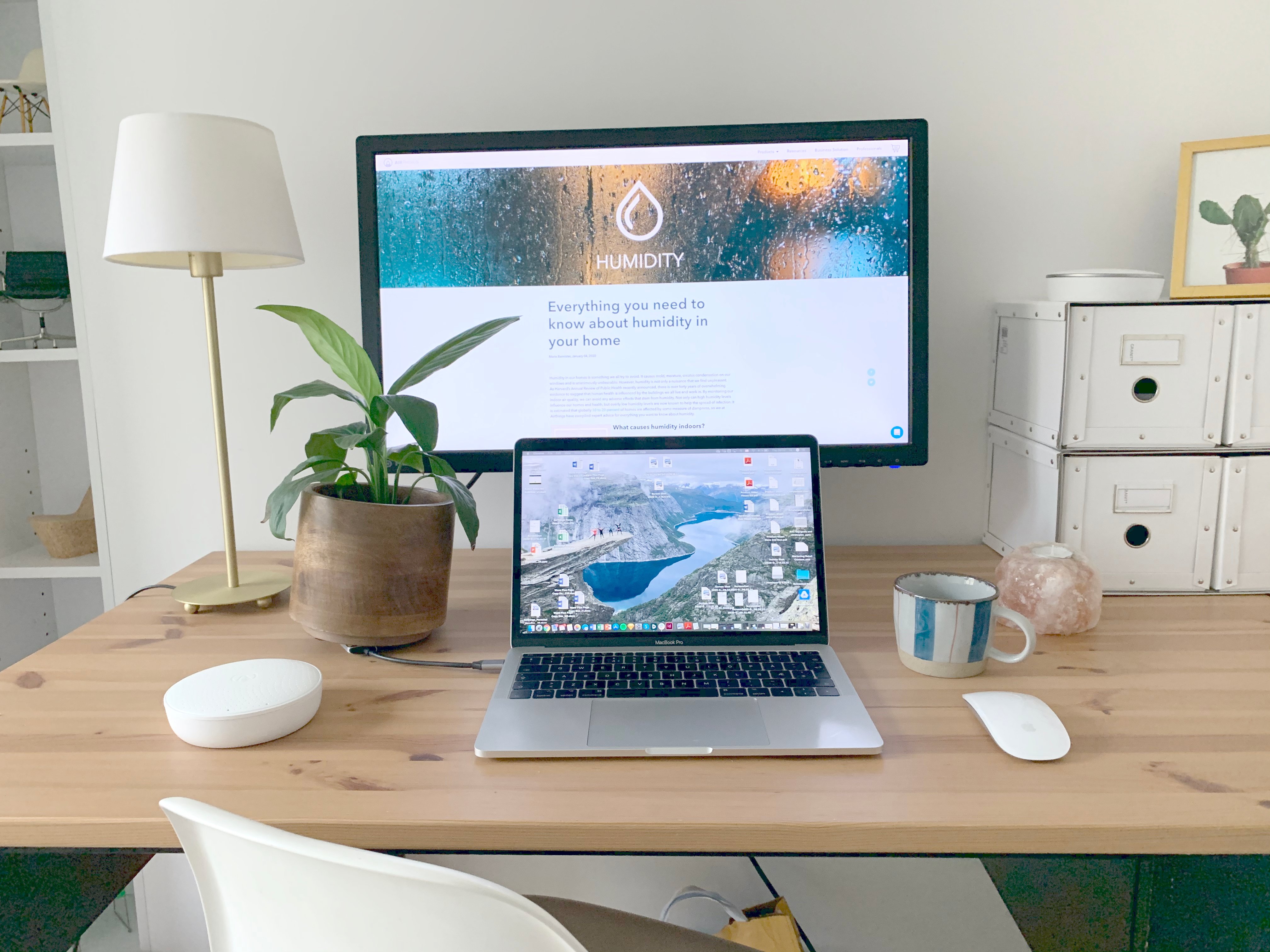
4. Go easy on the air freshener
Volatile Organic Compounds, VOCs, are found in everyday products and materials including mattresses, household cleaners, carpets, furniture, and paint. According to the EPA3, VOCs can irritate our eyes, nose and throat, set off asthma and other allergies, and give us headaches. Long-term exposure and high concentrations can lead to serious health conditions. Ventilation is an effective way to reduce VOC concentrations in our homes, but why not be proactive? Choosing household products with low-VOC toxicity, buying natural cleaners, detergents, and even used furniture can help lower the total VOC levels indoors.
5. Keep it cool
Besides the comfort factor, temperature has a direct effect on our breathing, sleep and even performance. Researchers have found that higher temperatures have a detrimental effect on cognitive abilities, but breathing in cold air can also increase the risk of chest infections in people with lung conditions. So, what’s the ideal room temperature? It will depend on the season, the area of your home, and your personal thermal comfort, but in the winter-time, the standard is anywhere from 68°F to 71°F (20°C to 22°C). Measuring the air temperature in your home will help you stay within the recommended levels and improve your concentration.
6. Get rid of stuffy air

With closed windows and more time spent at home, CO2 levels can rise quickly since humans expel it when we breathe. Studies have shown that high CO2 and poor ventilation leads to poorer cognitive performance4. Making our homes more airtight can lead to a more humid environment too, causing mold, moisture and condensation, which all impact our health negatively. People are 40% more likely to have asthma when living in a damp or moldy home. A quick fix is to let the air flow throughout the house by opening windows or vents for 5 to 10 minutes, several times a day—especially if you’re cooking or taking a shower. Check out our latest blog post for tips on how to improve humidity in your home.
As you may have noticed, ventilation is the easiest way to improve the air quality in our home. By monitoring daily, you can rest easy knowing that you will be alerted when the air deteriorates. Whether it’s by opening a window and letting fresh air in, or using air purifiers and changing the filters regularly, taking measures to improve indoor air quality will help you stay on top of your game as you work from home.










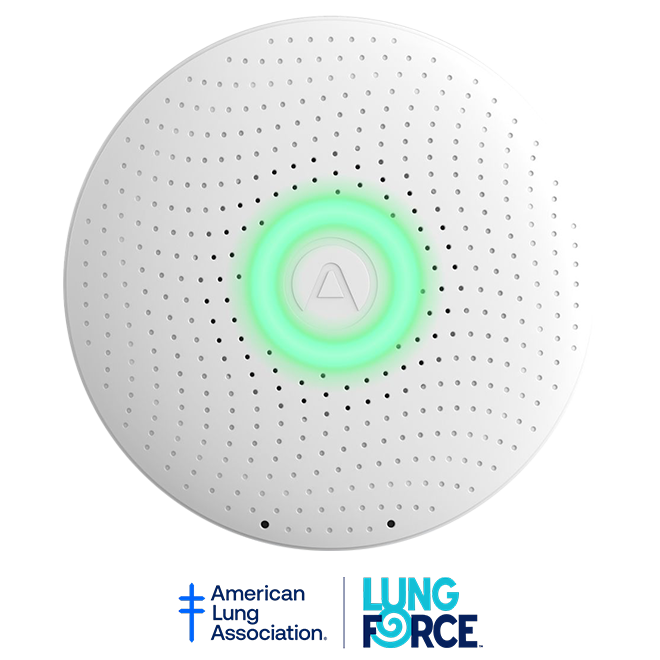
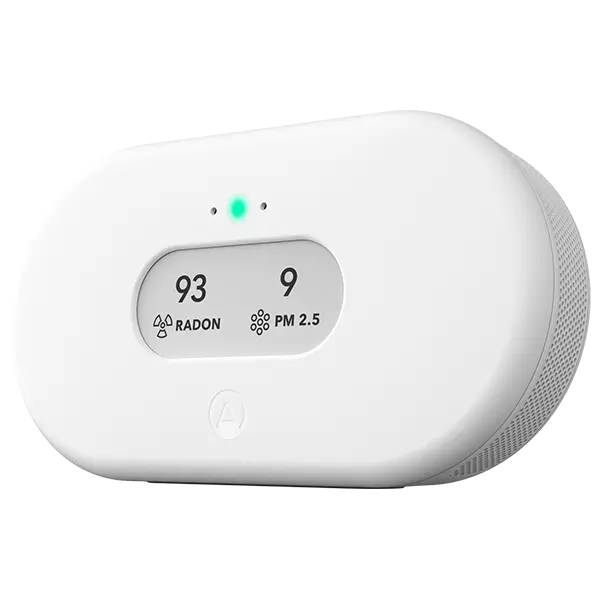

%20(1).webp)
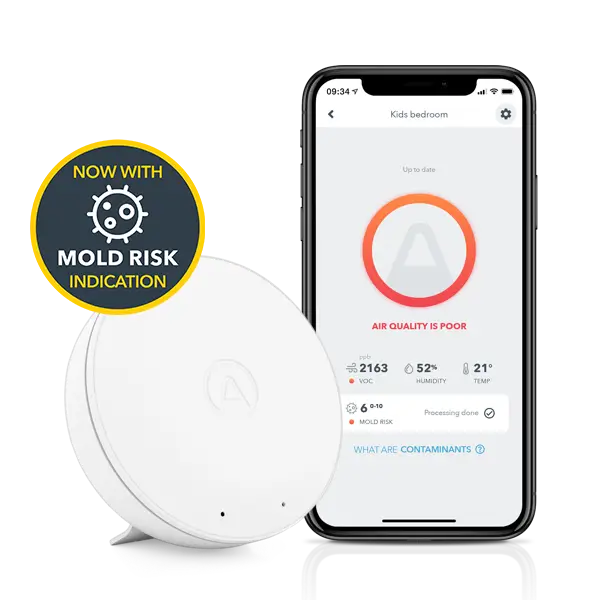
%20(1).webp)
